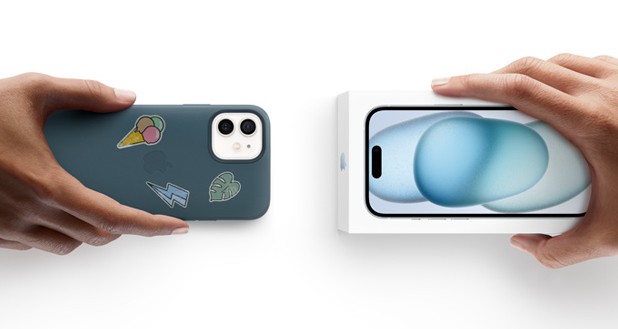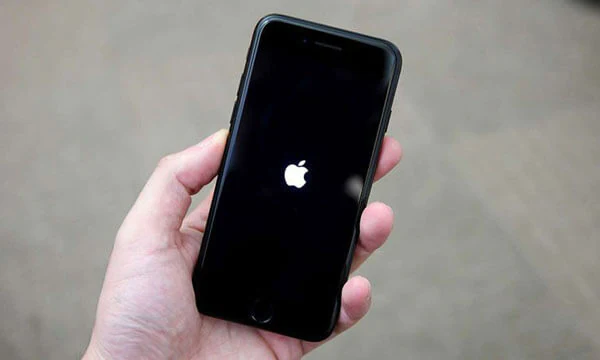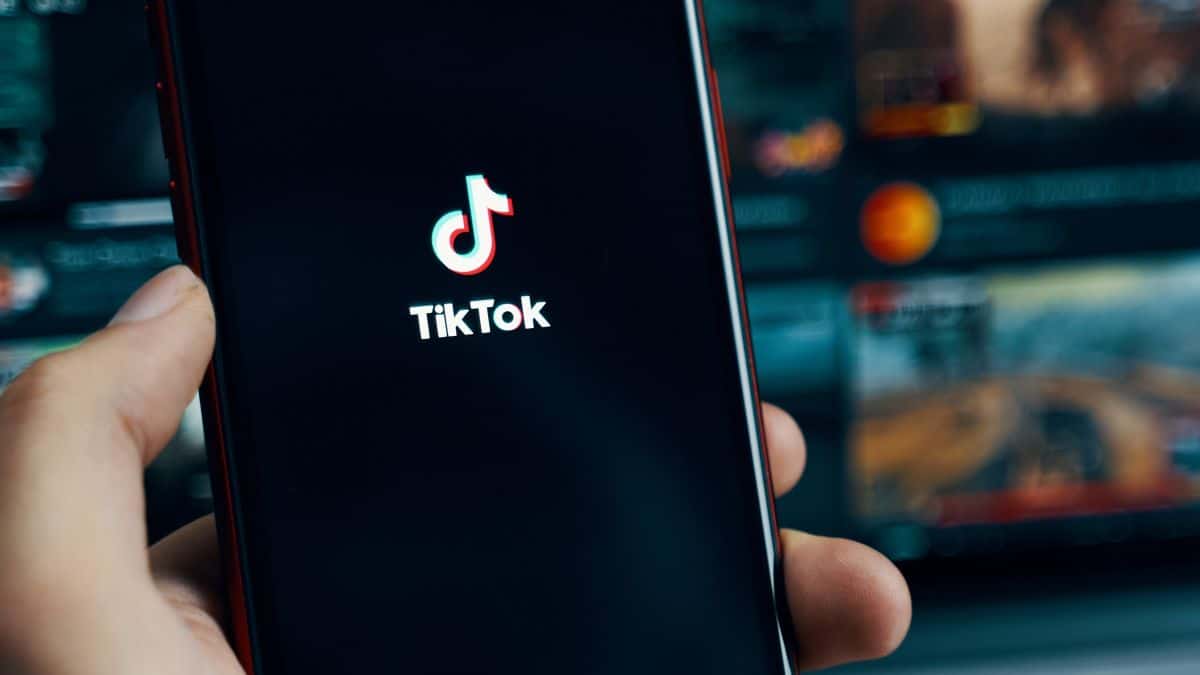Google Maps has added support for Bluetooth Beacons to help users navigate in areas without GPS signals.
Also known as Waze Beacons, this technology uses battery powered microcontroller hardware to transmit a one-way signal to user’s devices. It’s useful in tunnels and satellite dead zones.
Bluetooth Beacons in Google Maps
Google Maps is an extremely helpful platform for daily navigation, letting users reach their destinations more easily, with extensive data of route maps. Well, this service would be useless without an internet connection, and offline maps are often limited.
Thus, to help users navigate without an internet connection or in no-signals areas, Google Maps is adding support for Bluetooth Beacons, which transmit a one-way signal to users’ devices with a battery-operated low-energy micro-controller hardware.
Also called as Waze Beacons, these signals were initially introduced by Waze in 2016, three years after being acquired by Google. Waze Beacons don’t capture any form of user data while beaming signals. They are installed in several cities like New York City, Sydney, Chicago, Boston, Paris, Rio de Janeiro, Brussels, etc.
The feature to enable Bluetooth Beacons on Google Maps is cooked into the app Settings > Navigation Settings > Driving Options. Here, you’ll see Bluetooth tunnel beacons(providing that you’re running the latest version) that you can toggle that on.
Some beta users of Google Maps said the feature showed up in October 2023 but it’s now rolling out to everyone on Android, widely. There’s no word on when we could see this on the iOS version.
Other Trending News:- News








